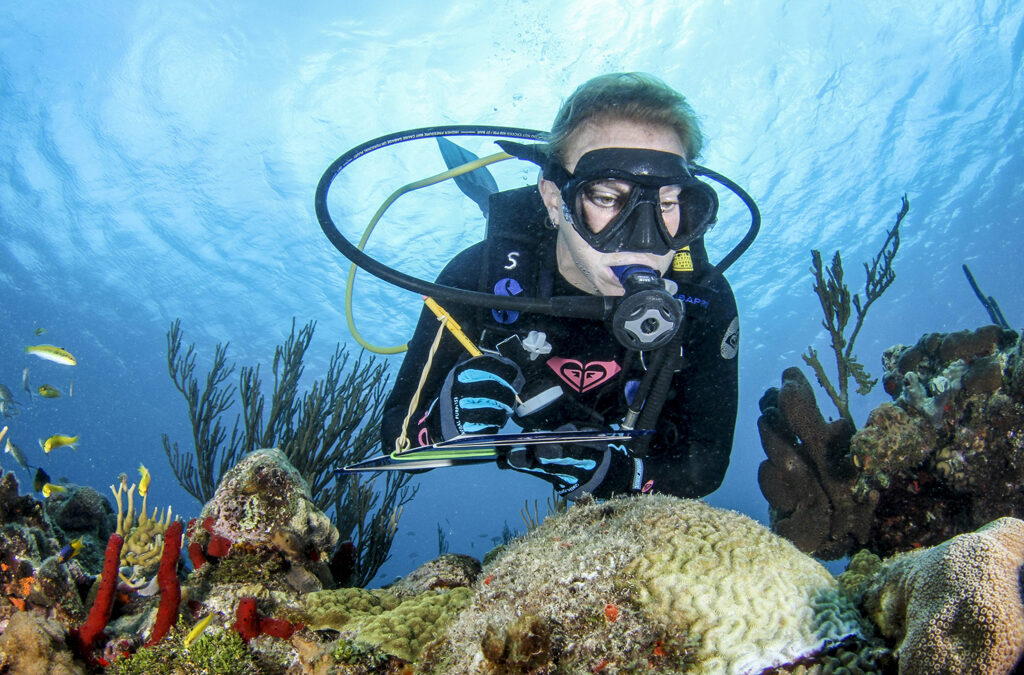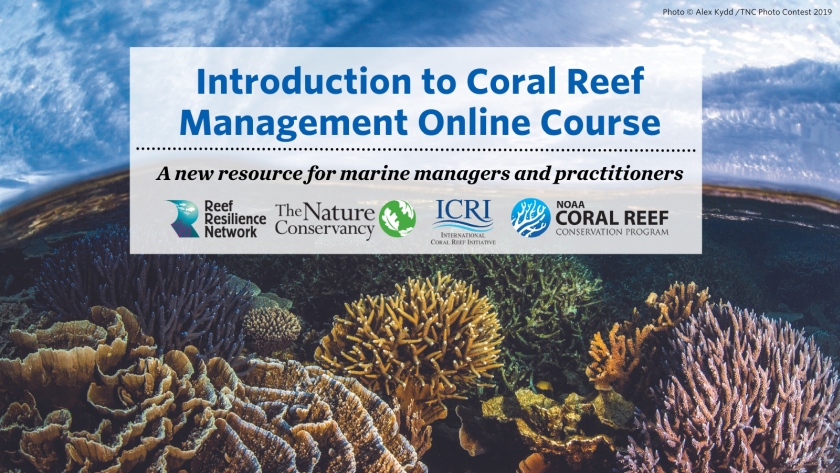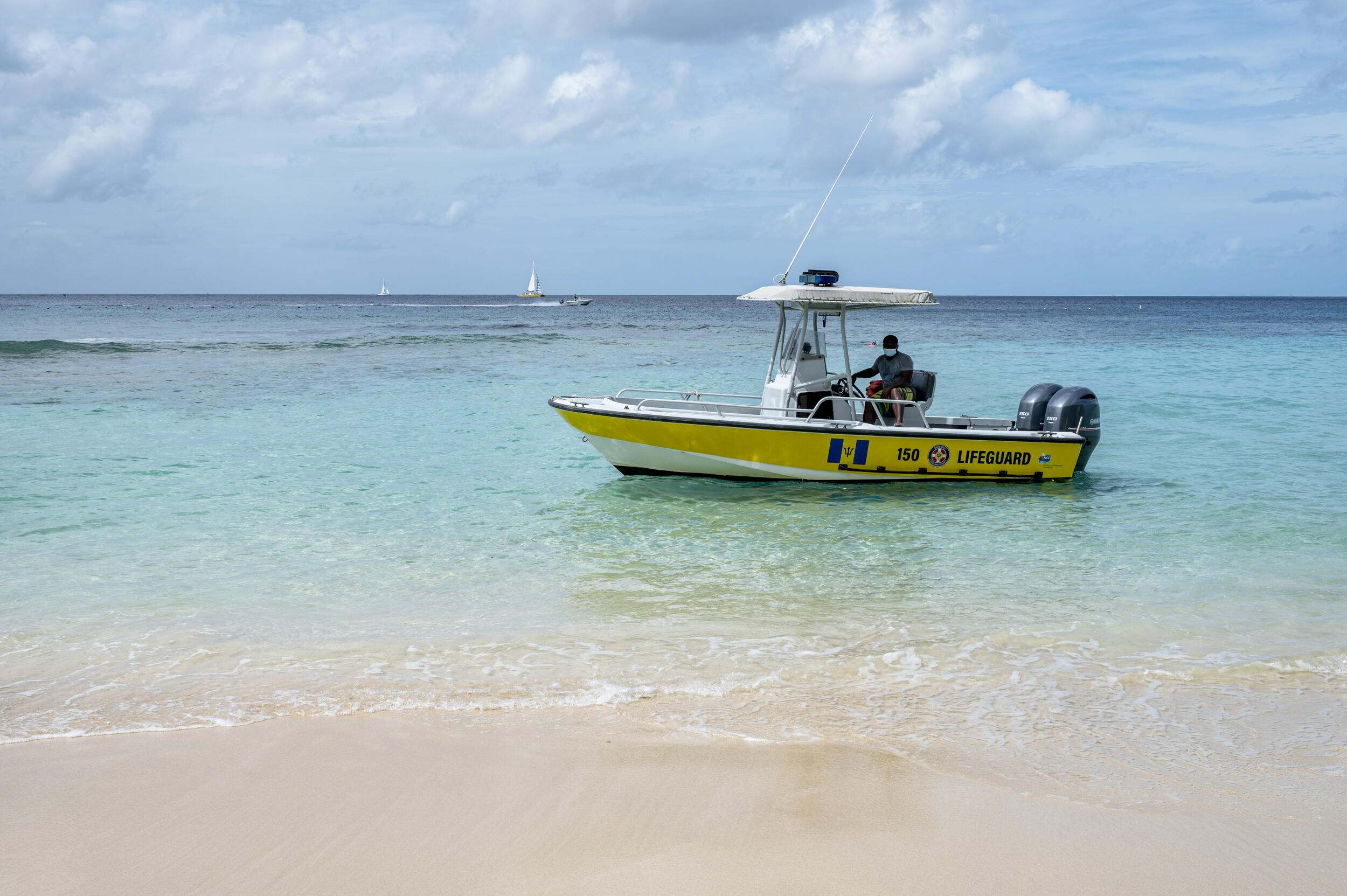With marine heatwaves increasing in frequency and intensity, it is necessary to understand coral recovery post-disturbance. This study examined coral cover recovery rates across 1,921 sites in the Pacific, Indian, and Atlantic oceans from 1977 to 2020, focusing on disturbances like marine heatwaves and cyclones.
Major differences in recovery rates were found within and across oceans. In the Atlantic, coral cover has decreased fourfold since the 1970s, and recovery rates following disturbances are slow, except in the Antilles. Conversely, coral cover in the Pacific and Indian oceans has remained relatively stable, albeit with regional variations. Despite overall stable coral cover in the Pacific and Indian oceans, recent increases in recovery rate variance within some ecoregions suggest vulnerability to ecosystem degradation and a possible trajectory toward a phase shift.
The study also examined the impact of 15 different environmental factors on coral cover recovery rates.
Positive correlations were observed between coral recovery rates and the following factors:
-
- Sea surface temperature kurtosis: Kurtosis measures how much data is concentrated around the mean and how much is in the tails of the distribution. Corals in areas with narrower, more consistent temperature ranges recover faster from disturbances than areas with broader, more varied temperature ranges.
- Prior cyclone frequency: Reefs in regions with high cyclone frequency are adapted to these disturbances. These regions have historically had high cyclone frequency, giving corals on these reefs millennia to adapt to frequent physical disturbance.
- Prior heatwave frequency: Corals in areas with more frequent heatwaves recovered more quickly, indicating a potential recent adjustment to these disturbances. This adjustment is crucial, as this study showed that marine heatwaves have increased in frequency and intensity in all oceans. Additionally, cyclones and heatwaves can co-occur, and the cooling effect of cyclones may buffer thermal stress and aid recovery.
Negative correlations were observed between coral recovery rates and the following factors:
-
- Initial coral cover following disturbance: Disturbances open space on the reef, creating opportunities for rapid recolonization, if there is a sufficient larval supply.
- Macroalgae cover present at start of recovery phase: Presence of macroalgae can damage coral tissue, prevent coral recruitment, and cause post-settlement mortality.
- The interaction between initial coral cover and macroalgae: Recovery is suppressed at sites that supported high macroalgae and had low coral cover following disturbances.
- Disturbances during the recovery phase: Additional heatwaves and cyclones during the recovery phase impede recovery rates. Notably, intense heatwaves were found to have a more detrimental impact on recovery than cyclones.
- Distance to shore: Reefs very far from land recover more slowly due to reef isolation.
- Turbidity: Clearwater reefs recover faster than those in turbid waters, as turbidity inhibits coral photosynthesis and calcification rates.
- Depth: Shallow reefs exhibited faster recovery than deep reefs. As light diminishes with depth, rates of photosynthesis, calcification, and coral recruitment decline.
Additionally, there was no significant relationship between coral recovery rates and local human population size, reef density, or the climate velocity.
Implications for managers
Prior research indicates that local conservation efforts can help protect coral reefs from heat-stress events linked to climate change. This study emphasizes how local conservation measures in curbing macroalgal overgrowth can aid reef recovery from disturbances.
-
- Nutrient pollution and overfishing of herbivores are significant contributors to macroalgal abundance. Implementing effective local management strategies to mitigate nutrient pollution and establish protected areas for herbivorous fishes can greatly reduce macroalgal prevalence and enhance coral recovery rates after disturbances.
- Managing sediment runoff can preserve water clarity and aid in coral recovery.
- A recent rise in the variability of coral recovery rates over the last three decades in the Pacific and Indian Oceans suggests that certain reefs in particular ecoregions may be nearing a tipping point. Further marine heatwaves could potentially trigger a phase shift, diminishing the likelihood of recovery beyond that point. Implementing national management strategies to reduce greenhouse gases is necessary to prevent further degradation of reefs.
Author: Walker, A.S., C.A. Kratochwill and R. van Woesik.
Year: 2024
Global Change Biology 30: e17112. doi: 10.1111/gcb.17112



